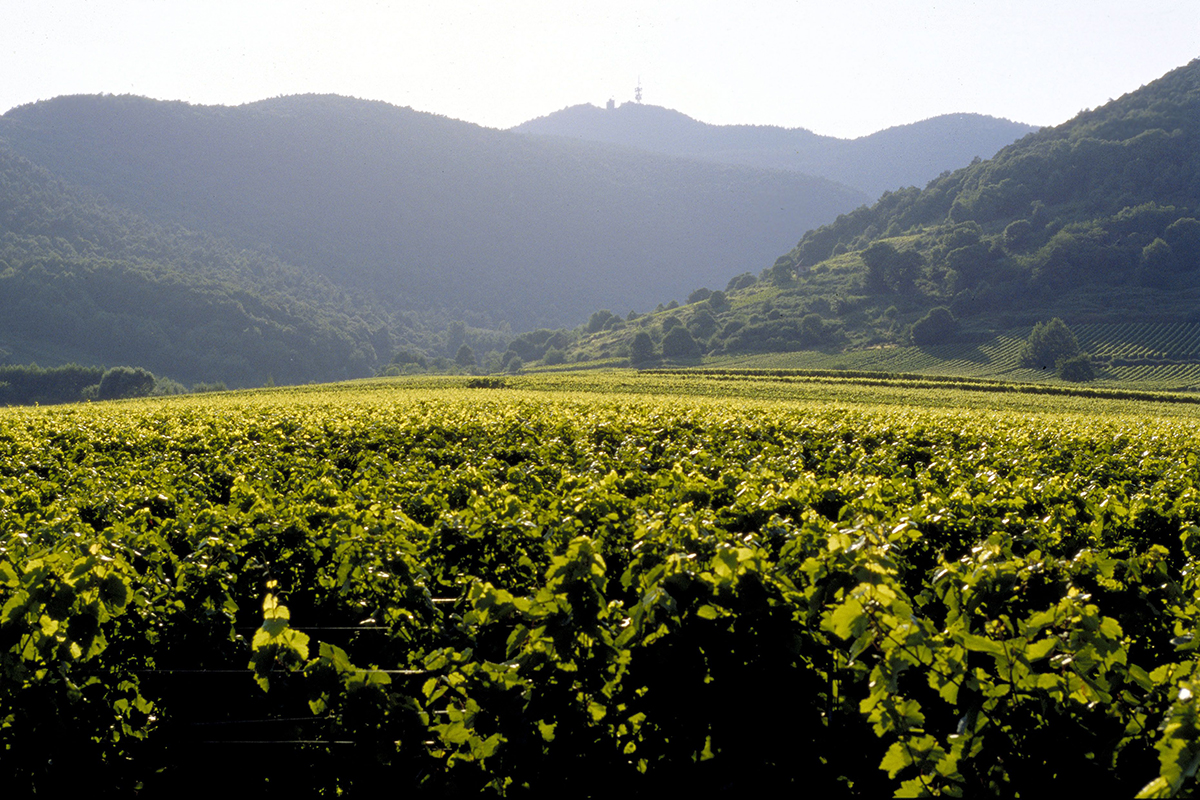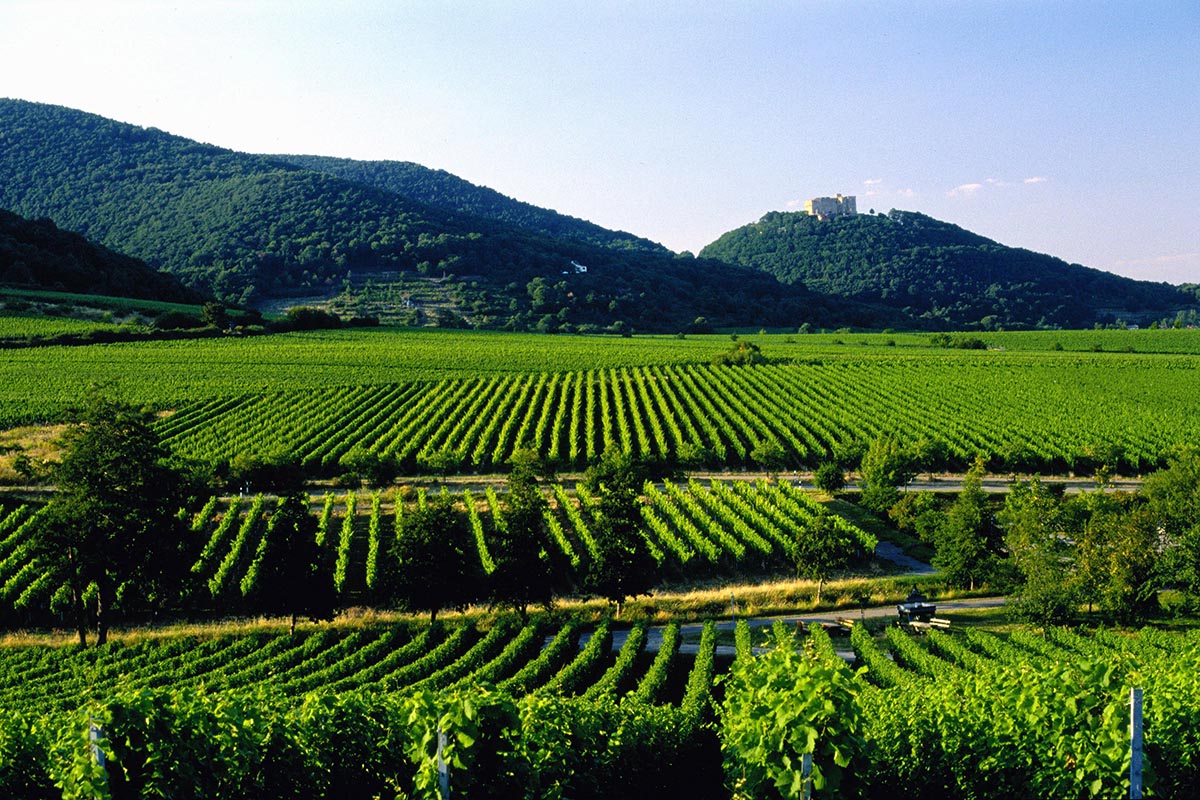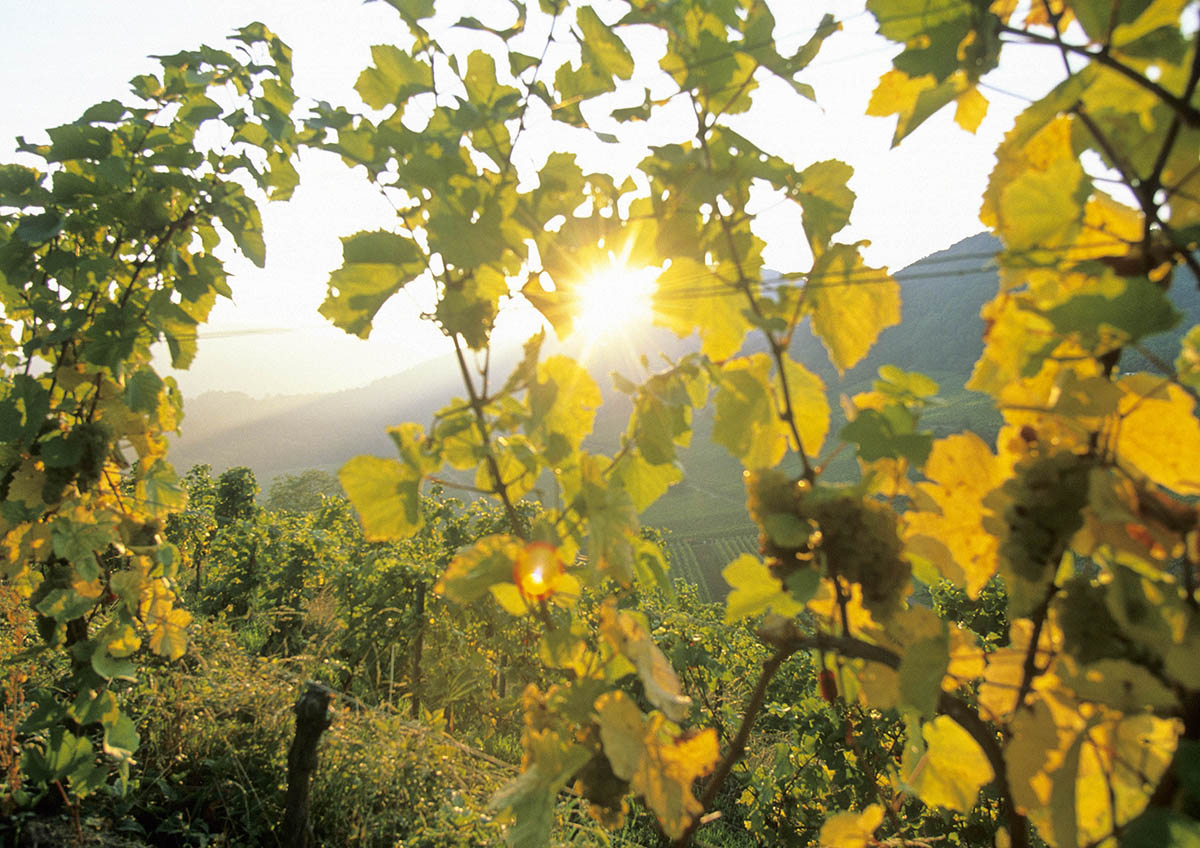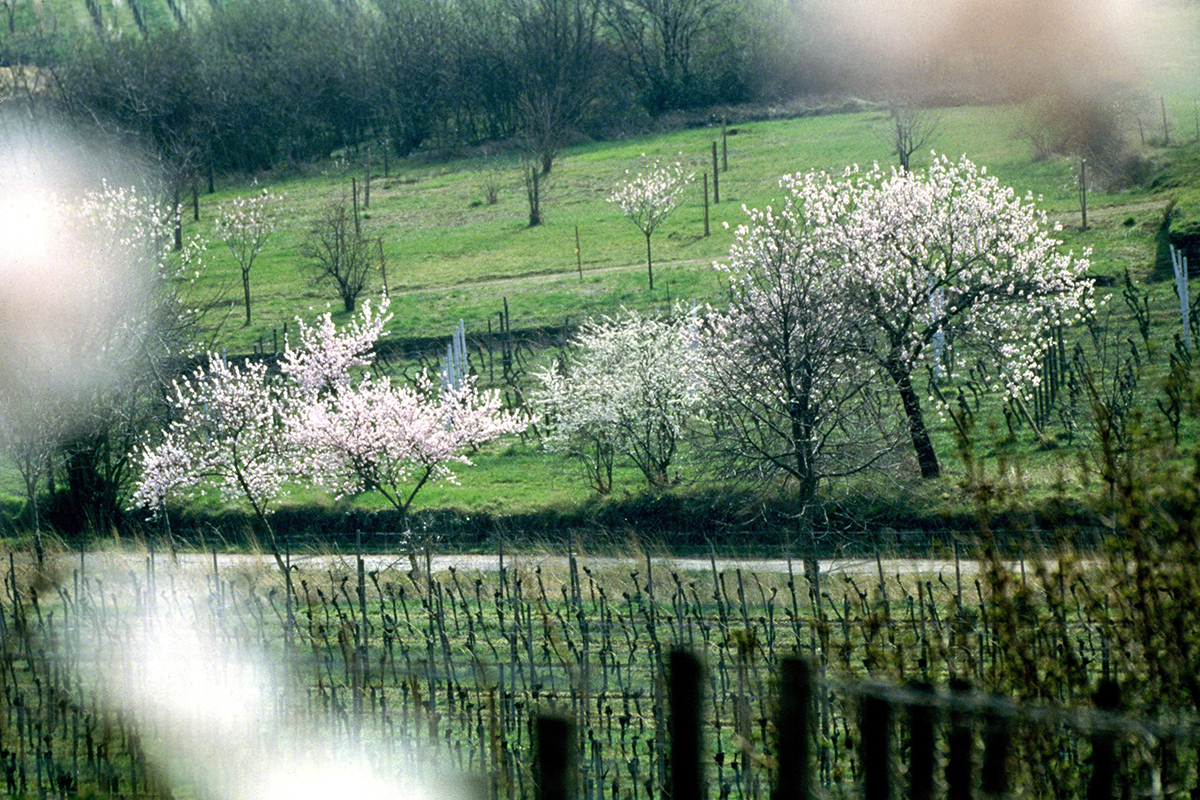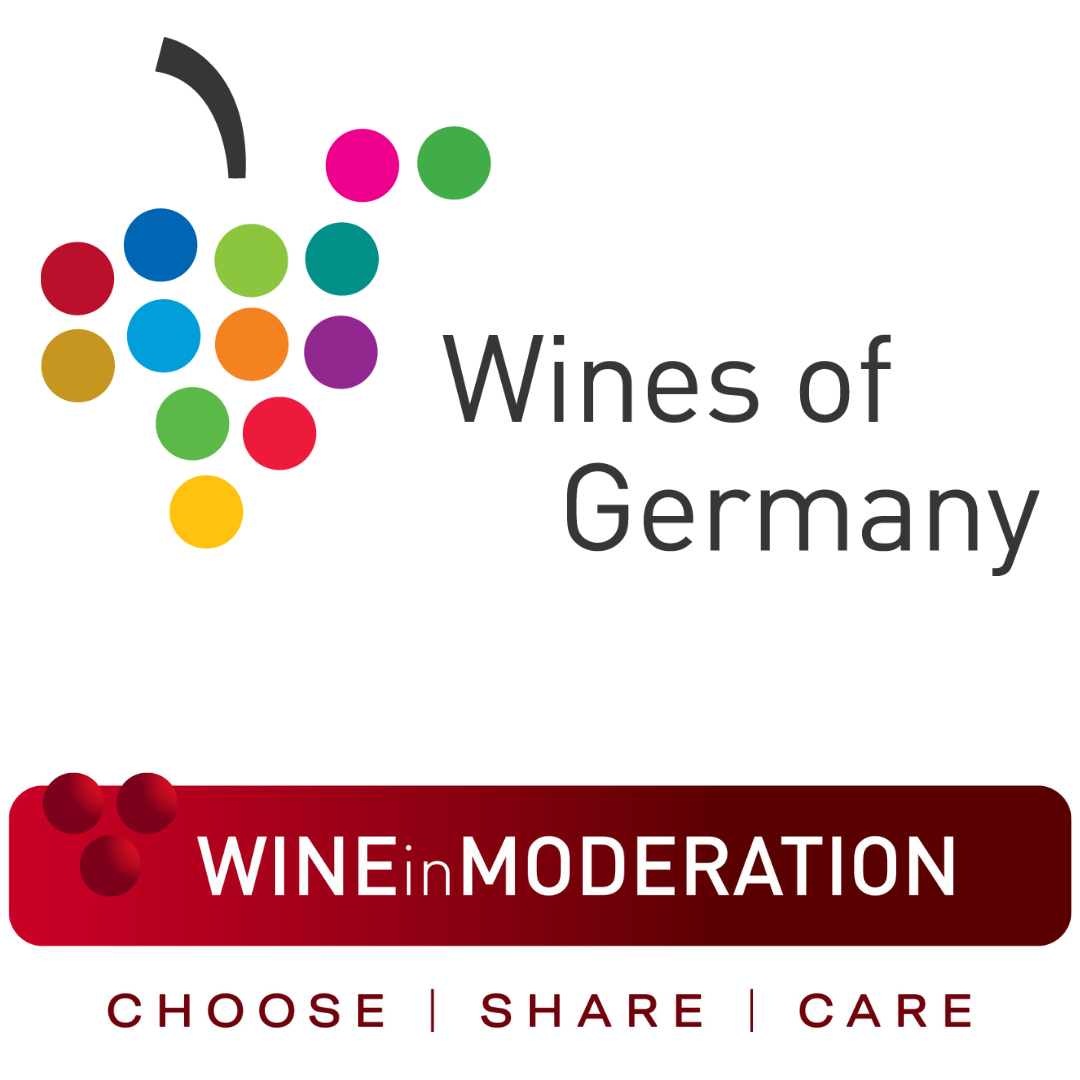Introduction
The Pfalz is one of Germany’s largest regions (and Germany’s largest red wine region), producing every third bottle of German wine purchased domestically. The word Pfalz is a derivation of the Latin word palatium, meaning palace. The English equivalent, Palatinate, is sometimes used to refer to the Pfalz. Pleasant, mild white wines rich in bouquet and full of body are produced from Riesling and Müller-Thurgau grapes in the Pfalz, while deep-coloured and quite complex red wines are made from Dornfelder grapes.
The Pfalz is home to the world’s largest wine barrel, the world’s largest wine festival (in Bad Dürkheim), the world’s oldest wine in the Palatinate Historical Museum, and the first and best known wine route, the German Wine Road.
Statistics
Major Town: Bad Dürkheim, Neustadt, Landau
Districts: 2
Collective Sites: 25
Individual Sites: 317
Vineyard Area: 23,554
Terroir
Climate
– Lots of sun
– Variable climate
– One of Germany’s warmest regions
– The mild climate is due to the slopes of the Palatinate Forest
Soil
Loam is prevalent, often in a mixture with other soil types, such as loess, chalk, clay, colored sandstone or sand.
Top soil types:
Colored sandstone
Chalky loam and clay
Marl
Terrain
The Pfalz runs from the south of Worms to the French border (Alsace), between the foothills of the Palatinate Forest, the densely forested Haardt Mountains (an extension of the Vosges), and the Rhine plain.
